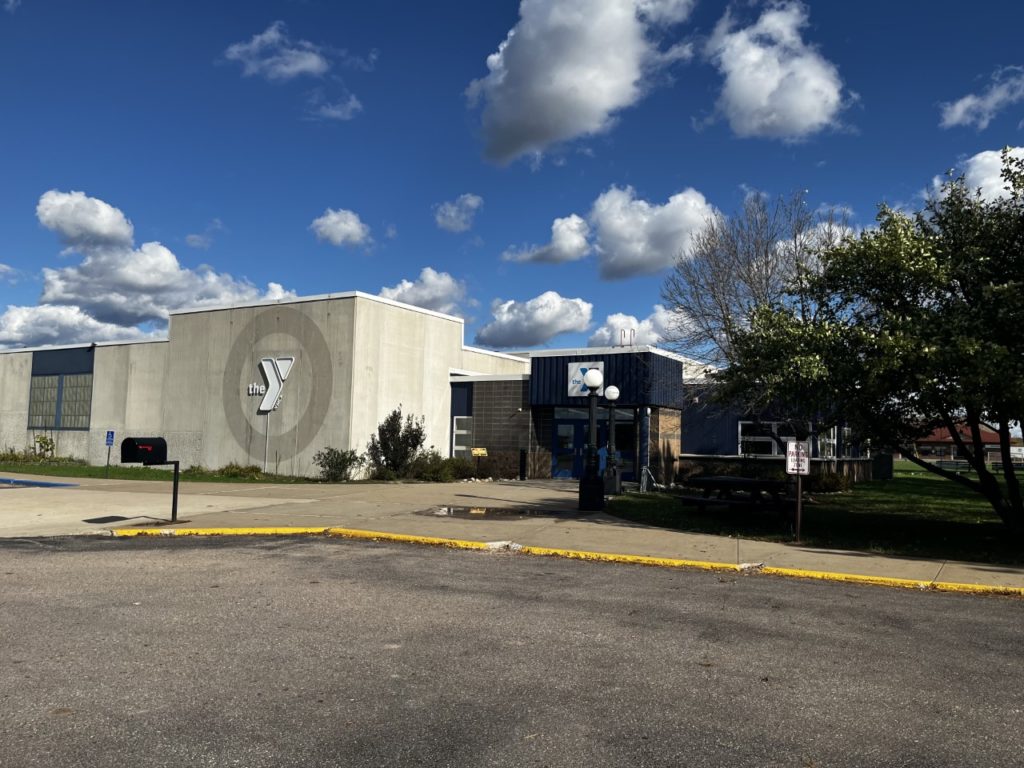Program Guidelines

The Saint Paul Port Authority is the primary provider of Property Assessed Clean Energy (PACE) financing in the state of Minnesota. Through its MinnPACE program, the Saint Paul Port Authority serves as the program administrator. In some cases, the Port Authority provides funding through its Trillion BTU loan program. In other cases, third-party lenders provide funding.
History
MinnPACE officially kicked-off in 2010 with the Minnesota State Legislature approving Statute Sections 216C.435 and 216C.436. These statutes gave cities and counties the authorities to place voluntary assessments on commercial properties to cover the cost of energy-efficiency upgrades and renewable energy investments. The original statutes have been modified several times with the most recent modification clarifying that new construction projects can use PACE.
Community Benefits
The goal of the MinnPACE program is to make energy saving upgrades and renewable energy investments more attractive and affordable for commercial property owners. As a result, property owners use less energy and their utility bills go down. In addition, local communities are better positioned to reduce emissions and meet climate change goals. MinnPACE projects also aids in economic development through stimulated job creation.
Commercial Property Owner Benefits
MinnPACE brings value to Minnesota commercial building owners by improving their bottom line. To start, MinnPACE covers 100 percent of all project costs. Going forward, payments are repaid through a special property tax assessment with terms up to 30 years. As a result, projects become cash positive with financial savings outweighing the financial burden.
MinnPACE Process
To start, a local governments (cities or counties) establish a Joint Powers Agreement with MinnPACE. Commercial building owners within those areas evaluate and select projects that will reduce energy consumption and reduce greenhouse gas emissions. Following the application process, the Saint Paul Port Authority or a third-party lender provides the commercial property owner with 100 percent financing. The property owner moves forward with the investment and the Port Authority works with the city or county to establish the property tax special assessment. The property owner will have up to 30 years to payback the financed amount.
Property Assessment Lien Structure
A lien is placed on the property for the full assessment amount, including accrued interest. Generally, the first payment is due on May 15 of the following year. New construction projects may be extended, based on the length of construction if more than 12 months out.
All properties owners must sign and notarize the MinnPACE Assessment Contract and Implementation Agreement. All mortgage holders must also sign the last page of the application which is the Lender Acknowledgment.
Program Requirements
Commercial properties must be located in a Minnesota city, county or town that has entered into, or will enter into, a MinnPACE Joint Powers Agreement. Property owners may be associations, business entities, farm operations, cooperatives, or any other business payment property taxes. Nonprofit organizations may also leverage the program. Multifamily housing properties must have more than four units. MinnPACE financing is limited to 30 percent of the assessed or appraised value of the property.
Qualifying businesses must also meet the following criteria:
- No “Mechanics” or similar liens against the property
- Current on all taxes
- Current on mortgage payment(s)
- Not involved in any bankruptcy proceedings
Loan Parameters
The MinnPACE structure offers an attractive finance package with up to 100 percent financing, at a fixed rate, for up to a 30-year term. In most cases, the investment is cash positive because payments are delayed (based on property tax payment dates) and utility bill savings tend to outpace payment obligations.
Prevailing Wage Requirements
In accordance with the Bacon-Davis Act, projects funded through the Saint Paul Port Authority’s Trillion BTU loan program are subject to paying a prevailing wage.
THIS IS NOT A REQUIREMENT FOR PROJECTS FUNDED THROUGH THIRD-PARTY LENDERS.
Qualifying Expenses
The following costs may be rolled into the MinnPACE agreement:
- Energy audits/renewable energy studies (REQUIRED)
- Equipment costs
- Installation costs
- Energy Evaluations
- Design, drafting, engineering, labor costs
- Permit fees
- Inspection charges
Self-installation costs do not qualify, and costs must be considered reasonable. MinnPACE evaluates costs on a case-by-case basis and may require additional bids to validate reasonability.
Qualifying Equipment
MinnPACE can be used to finance retrofit equipment and energy-saving equipment associated with new construction. Qualifying equipment types generally fall under one of two categories: energy-efficiency and renewable energy.
Common energy-efficiency upgrades include but not limited to:
- HVAC Systems
- Lighting
- Building Envelope
- Energy Management Systems
- Resiliency Improvement
Qualifying renewable energy sources include:
- Solar
- Wind
- Geothermal
- Water
Summary
PACE in Minnesota has three primary requirements that we refer to as the rule of 30s:
- The maximum term is 30 years
- The assessment is limited to 30% of the assessed or appraised value, whichever is higher.
- Energy Audit or Renewable Energy Feasibility Study is complete to show reduction of energy consumption and avoided greenhouse gas emissions over the useful life.
MinnPACE is not too complicated and can be flexible to meet the property owner’s needs.
